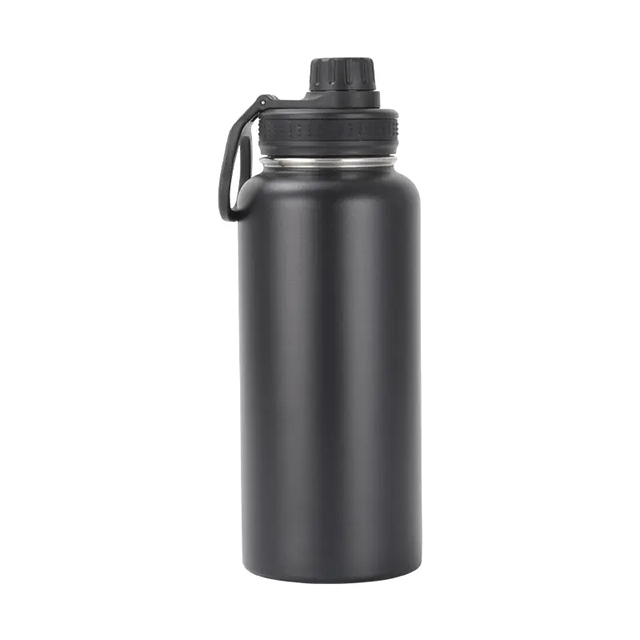Thermos bottles, also known as thermoses, have revolutionized the way we enjoy hot and cold beverages on the go. These ingenious containers are designed to insulate our beverages, maintaining their temperature for a long time. Key to its superior thermal performance is its ability to minimize conductive heat transfer. In this blog, we will delve into the salient features of thermos bottles that help reduce heat through conduction, allowing us to enjoy our beverages at the perfect temperature, regardless of external conditions.
1. Double wall insulation
The main defense mechanism of the thermos to reduce heat transfer is its double layer structure. Both the inner and outer walls are made of high-quality materials, usually stainless steel, with a vacuum-tight space in between. This vacuum removes air and other gases, which are considered effective conductors of heat, preventing heat transfer between the inner and outer surfaces of the flask.
2. Reflective coating
Additional insulation in vacuum bottles is provided by reflective coatings on the inner surface of the outer wall or on the outer surface of the inner wall. This ultra-thin metal layer reflects radiant heat back into the flask, preventing it from escaping. By minimizing radiant heat transfer, the reflective coating greatly improves the thermos’ effectiveness at maintaining the temperature of its contents.
3. Foam or vacuum seal
For added insulation, some thermoses feature a foam or vacuum seal on top of the container. This seal serves two purposes: First, it provides an airtight seal preventing any heat transfer by convection or conduction caused by air circulation. Second, it acts as an additional barrier, minimizing temperature fluctuations caused by external factors. This seal ensures that the temperature inside the flask remains constant for a long time, allowing us to enjoy hot or cold drinks even hours after preparation.
4. Silicone gasket
The thermos is designed with a silicone gasket that creates a tight seal between the inner and outer walls. These gaskets not only prevent any leaks and keep your drinks safe, but they also play a vital role in reducing heat transfer. Since silica gel is a poor conductor of heat, it effectively impedes the flow of thermal energy, helping to improve the overall insulating properties of the flask.
5. Copper or aluminum reflector
Some thermoses take the extra step of using copper or aluminum reflectors to dampen heat transfer. These small pieces of material often reflect heat on the underside of the lid or inside the stopper. By efficiently reflecting heat back into the flask, they contribute to the overall thermal performance, ensuring our beverages stay at a consistent and pleasant temperature.
Thermos bottles have become an indispensable companion for those looking for a reliable way to keep beverages at the desired temperature. Through the clever use of double-wall insulation, reflective coatings, vacuum or foam seals, silicone gaskets, and copper or aluminum reflectors, these extraordinary flasks effectively reduce heat transfer. So we can enjoy our favorite drink hot or cold regardless of the external conditions. So the next time you’re sipping a perfectly hot cup of coffee on a winter hike or a refreshing cold beverage on a hot summer day, take a moment to appreciate the complication of your trusty thermos as it silently Reduces calories and enhances your drinking experience through conduction.
Post time: Aug-21-2023


